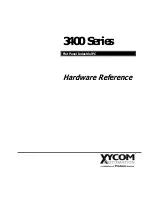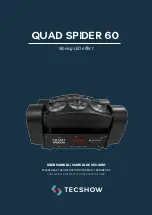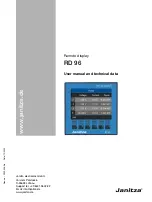
BA02195C
OXY5500 Optical Oxygen Analyzer
Hauser
1
–
5
About the OXY5500 Analyzer
The OXY5500 is a stand-alone precision oxygen analyzer enclosed in an ingress
protected stainless steel case. The rugged design and low power consumption
makes the OXY5500 ready for an indoor or outdoor application in Class I,
Division 2, Groups A, B, C and D, T4. In addition, the analyzer is also marked
as
II 3 G Ex nA IIC T3 Gc IP64.
The OXY5500 is designed for three types of measurement ranges: 0 to 300
ppmv, 0 to 5% O
2
and 0 to 50% O
2
. This analyzer was specifically designed for
gas measurements using a flow through fiber-optic oxygen sensor mounted in
a 1/4 in. compression tee. The instrument LCD and data-logger are integrated
into the system. The analog outputs are programmable to provide data for
oxygen and temperature. The digital interface and PC software (included) are
used for internal data storage and external data logging. Complete control,
including all calibration and adjustments, can be completed through the PC.
Temperature
Hauser’s optical oxygen sensors must be used with an RTD probe
(Pt100 temperature sensor) in the temperature ranges shown in Table A–1 on
Each instrument is supplied with the RTD probe for compensation
and to record temperature variations.
Cross-sensitivity
The sensors can be used in methanol- and ethanol-water mixtures, as well as
in pure methanol and ethanol.
Hauser recommends avoiding other organic solvents, such as
acetone, chloroform or methylene chloride, which may swell the sensor matrix,
rendering it unusable.
There are no cross-sensitivity issues with CO
2
, H
2
S or SO
2
(iconic species)
pertaining to any of the three probe types.
Getting Familiar with the Analyzer
Figure 1–1 shows a sample OXY5500 analyzer. Signal wiring and analyzer
power are connected from the right side of the analyzer (facing the unit). On
the front panel of the analyzer, the LCD serves as the user interface to the
analyzer. The analyzer control electronics drive the sensor, collect the signal
and provide measurement output signals.
Inside the cabinet is the electro-optical module that provides power and other
connections to the analyzer. Refer to Figure 1–2 for an internal view of the
analyzer.
The optional sample conditioning system (SCS) contains flow devices for the
bypass loop and to control the flow to the oxygen sensor. A pressure reducing
device is also installed to reduce and control the pressure of the sample going
Summary of Contents for SpectraSensors OXY5500
Page 145: ......












































